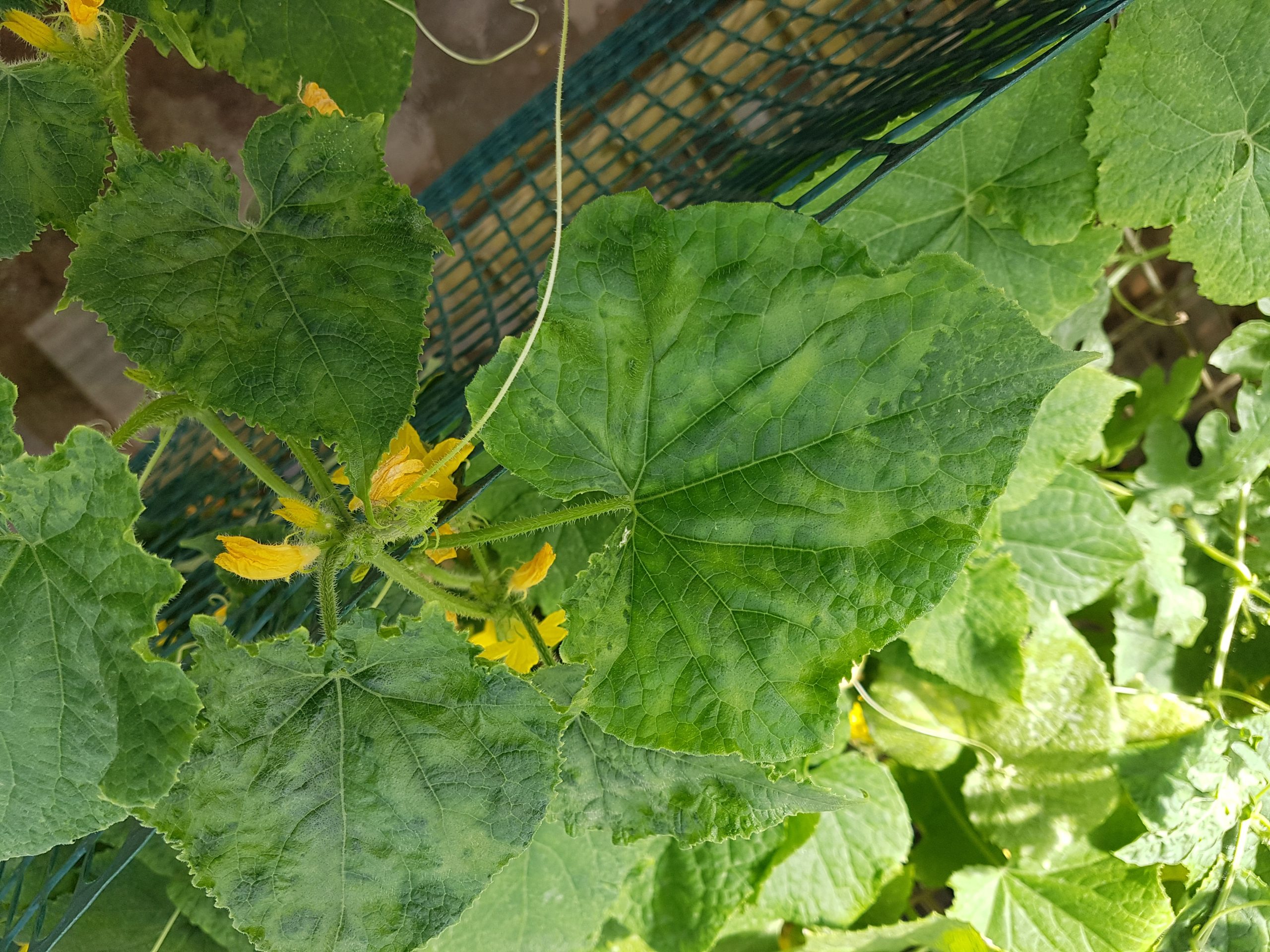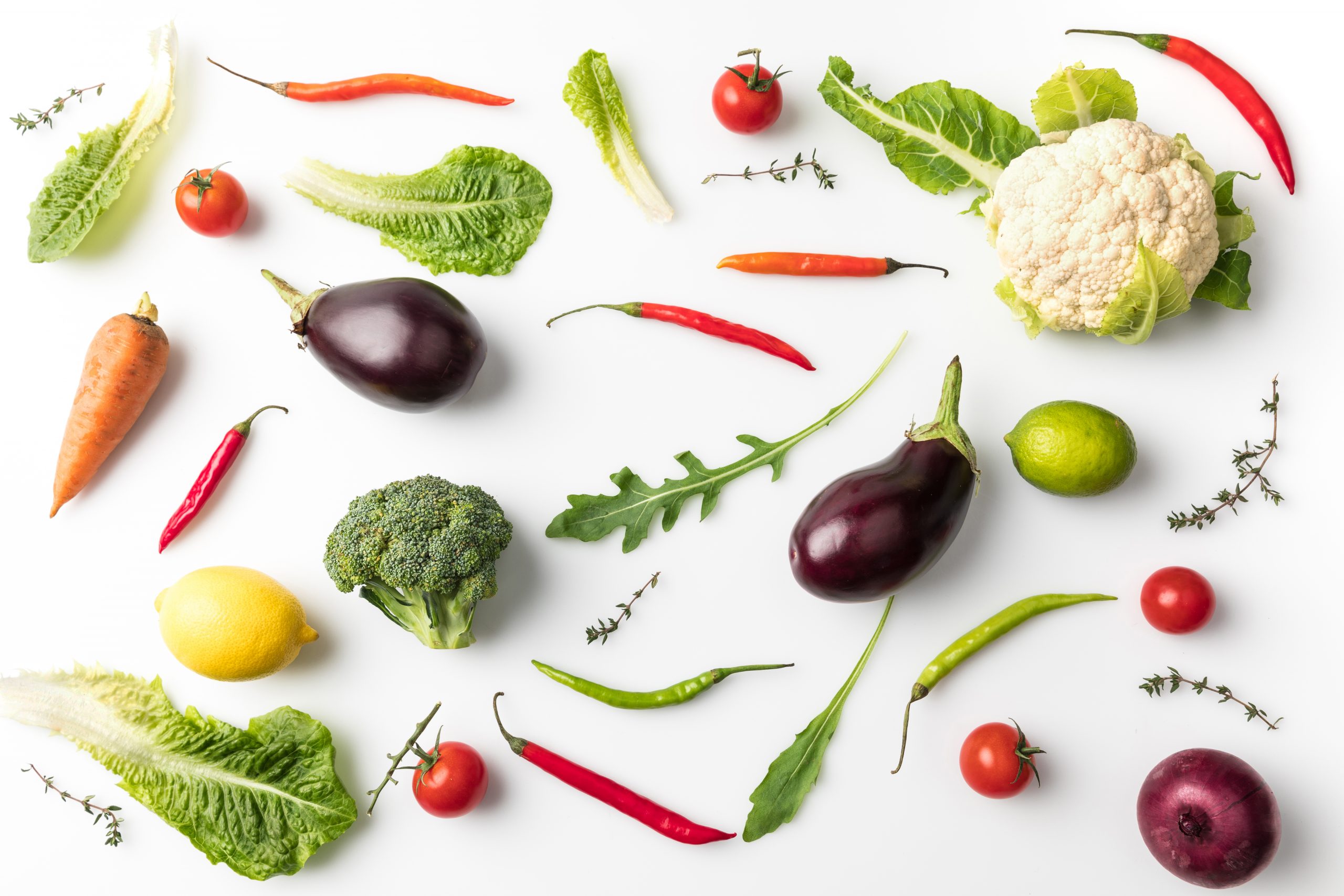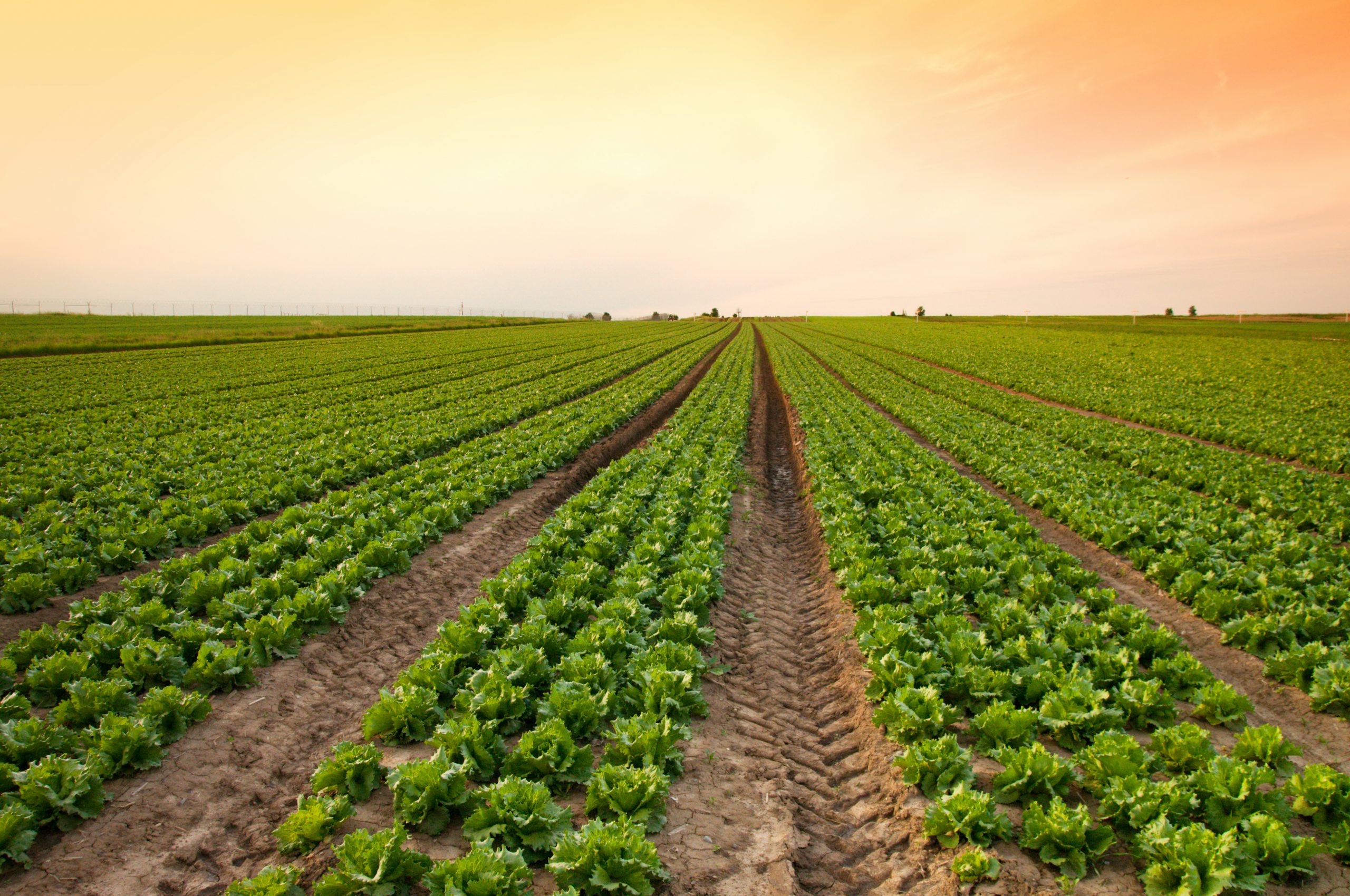
Improved management options for cucumber green mottle mosaic virus
27 July 2020
Boosting vegetable consumption through diet (VegEze)
27 July 2020Project VG16028 was completed in 2017 by Dr Jitka Kochanek from the University of Queensland.
Introduction
Vegetable crops that are field-established from seed, such as corn, beans, carrots and spinach, require excellent seed quality or growers risk their investments being lost or wasted. Most growers described quality seeds as their most important farm input.
With a focus on fostering collaboration with growers, scientists and seed producers, this multi-faceted project aimed to identify on-farm issues relating to seed quality to optimise seed longevity and seedling establishment success. Another key focus of the project was to review non-destructive and cost-effective techniques to screen viable seed and maximise generation and vigour once planted.
About the project
Dr Jitka Kochanek is the University of Queensland’s Research Leader of the Plant Growth and Productivity Optimisation Laboratory.
As part of project VG16028 – On-farm evaluation of vegetable seed viability using non-destructive techniques, Dr Kochanek surveyed 10 leading growers and two industry affiliates in the Lockyer Valley and Fassifern Valley (Queensland) and Sydney Basin and Bathurst (New South Wales) who had determined that seed viability, purity and quality issues were a major concern in the vegetable industry.
A global review of literature and future programs was also conducted to gain input from research allies with capacity to develop the most promising technologies to overcome seed quality issues. For example, robotic systems developed at the Australian Centre for Field Robotics at the University of Sydney could be redesigned into new artificial intelligence technologies to non-destructively grade seeds.
The review included analysing emerging non-destructive and cost-effective technologies to screen viable seed and maximise germination and vigour. Areas of interest included destructive tests used in accredited laboratories and new tests emerging in research facilities; machinery to process seeds for improved quality; and non-destructive technologies that use computerassisted analysis for real-time automation of seed quality grading.
A vegetable seed longevity review component was added to enhance knowledge about Australian crops together with insights into how on-farm storage conditions, such as high relative humidity and high temperatures, can result in rapid seed quality decline.
The results of continuing surveys and reviews were communicated via an information-sharing field day in the Sydney Basin in March 2017, and the compilation of four bulletins recognising industry needs and recommendations; technology and future project recommendations; optimised seed storage conditions; and grower issues and R&D needs.
Major findings
Certain seed suppliers consistently did the right thing by growers. However, contrary to expectations, all surveyed growers reported seed viability, purity and/or quality issues from other suppliers. In fact, some growers had resorted to importing seed because Australian seed suppliers did not meet quality and quantity standards for certain varieties.
Grower recommendations included developing Australian standards for seed quality (including penalties for non-adherence) and improving labelling on seed packaging, developing technologies to non-destructively grade seeds and R&D programs to better understand and maximise vegetable seed viability and longevity during seed development, harvest, storage and on-farm. A longer-term prospect included developing new varieties for local conditions via, for example, a Centre for Vegetable Excellence and/or undertaking screening trials with seed companies.
In terms of technology, research has identified hyperspectral imaging as the best computer-assisted analyses to grade seed quality attributes. It combines the spectral information of spectroscopy with spatial distribution data from computer vision to create a 3D image ‘hypercube’ that classifies seeds based on their external and internal quality characteristics.
Conclusion
Dr Kochanek said the development of an Australian standard that uses best practice would improve consistency among seed suppliers.
A grower-driven R&D strategy meeting is scheduled for autumn 2018 to outline long-term research programs, and prioritise what growers want, what they want to achieve and what budget is required. Due to each of the seed quality challenges requiring unique solutions, R&D activities have been divided into six pillars: germination, viability, ageing, emergence and vigour; seed borne disease; varietal impurity; damage to seeds; seed mass, fill and density; and seed size, uniformity and shape.
For example, one area for future research includes a definitive classification of key Australian crops as short- to long-lived to improve seed storage practices.
Potential also remains to work with specialist bodies to develop robotics, intelligent systems and sensor technologies to maximise seed viability before planting.
The bottom line
Project VG16028 aimed to provide growers with options and recommendations to overcome poor seed quality and increase viability. On-site grower interviews and surveys were conducted with 10 leading growers and industry affiliates in Queensland and New South Wales, as well as a comprehensive literature review that examined the real-time technologies and conditions required to maximise seed vitality and longevity. Work was also conducted to determine hyperspectral imaging as the best computer-assisted analyses to grade seed quality attributes.
A series of grower-led recommendations provide scope for research in multiple areas, including developing Australian standards for seed quality, improving labelling on seed packaging, developing technologies to non-destructively grade seeds and R&D programs to better understand vegetable seed viability and longevity. These recommendations will be further discussed in coming months.
Potential also remains to work with specialist bodies to develop robotics, intelligent systems and sensor technologies to maximise seed viability before planting.
Further information
For more information about the research, please contact Dr Jitka Kochanek at j.kochanek@uq.edu.au.
The final report for this project is available on the InfoVeg database.
This project is a strategic levy investment under the Hort Innovation Vegetable Fund. VG16028 was funded by Hort Innovation using the vegetable research and development levy and contributions from the Australian Government.
This article first appeared in Vegenotes 65 – March/April 2018. You can download the publication here.

